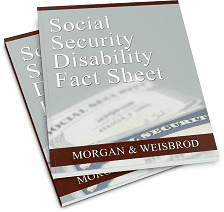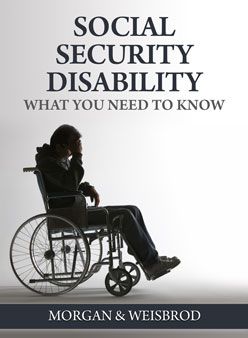If you are suffering from coronary heart disease, also known as ischemic heart disease or coronary artery disease, you are not alone. According to the Texas Heart Institute, coronary artery disease is the leading cause of death in America today. This condition is caused by a build-up of plaque inside the coronary arteries, which causes the arteries that supply blood and oxygen to the heart to narrow and harden. For victims, this means that blood flow to the heart is either slowed significantly or stopped altogether. It is a very serious condition that can lead to pain, shortness of breath, or even heart attack. Many people suffering from coronary heart disease find themselves unable to work.
Qualifying for Social Security Disability Based on the Listing of Impairments
Fortunately, the Social Security Administration recognizes coronary heart disease as a disability and includes it in its listing of impairments. To qualify under the listing for ischemic heart disease, you must show that you have at least one of the following symptoms:
- Chest discomfort caused by activity or emotion and quickly relieved by rest. This is known as angina pectoris.
- Pain or discomfort in areas other than the chest. Common locations are the inner left arm, jaw, neck, back, and upper abdomen. This is known as atypical angina.
- Shortness of breath on exertion, which is not accompanied by chest pain or discomfort. This is known as angina equivalent.
- Episodes of angina when at rest, which are caused by a spasm of a coronary artery. This is known as variant angina.
- Myocardial ischemia or myocardial infarction, which occurs without any pain or other symptoms. This is known as silent ischemia.
After showing that you have at least one of the above symptoms, you must also demonstrate that you have had an abnormal stress test, ischemic episodes, or abnormal image results.
Medical Evidence to Substantiate Your Case
In order to obtain benefits, you must present sufficient medical evidence to satisfy the Social Security Administration (SSA). Following is an overview of the types of medical information that the SSA is looking for:
- A clinical record of at least three months of treatment for coronary heart disease.
- Detailed reports of your medical history as it pertains to coronary heart disease.
- Results from physical examinations performed by a licensed medical professional. These exams should include electrocardiograph or electrocardiogram (also known as ECG) recordings of the electrical impulses of your heart as well as exercise tolerance tests, which should have been performed within the past 12 months.
- Results from laboratory tests pertaining to your coronary heart disease.
- Documentation regarding the treatment that you have undergone for your coronary heart disease and your body’s response to the treatment.
- Lists of the medication that you are taking for the coronary heart disease as well as the accompanying side effects that you may be suffering.
- Your physician’s notes documenting the symptoms you have been experiencing, including chest pain and difficulty completing tasks. In some cases, this may involve more than one physician.
Obtaining disability benefits for your coronary heart disease may seem overwhelming. The good news is that we have helped many clients just like you, and we are here to offer assistance. Take the first step by starting an online chat with us at any time.

by Paul B. Burkhalter Managing Partner of Morgan & Weisbrod, Board Certified in Social Security Disability Law.
Blog
Posted on 03/22/2018"
Social Security Disability Eligibility for Bullous Diseases
Posted on 03/16/2018"
How to Prepare an SSDI Application If You Have Hemophilia
Posted on 03/13/2018"
Common Questions in a Social Security Disability Hearing
Get Help Now
Contact us today for a free, no obligation consultation!



